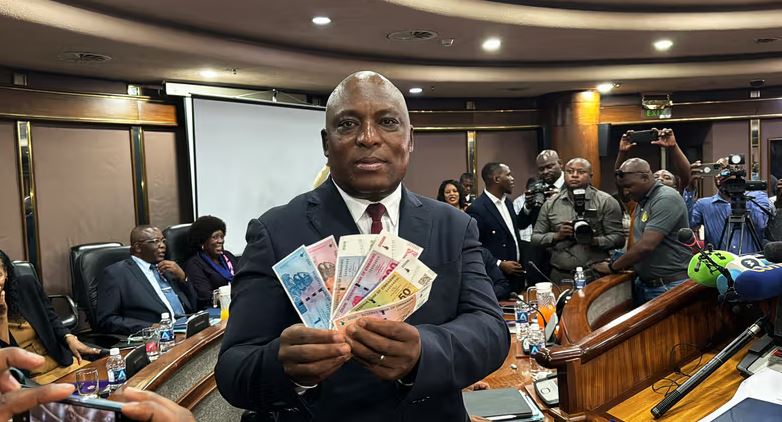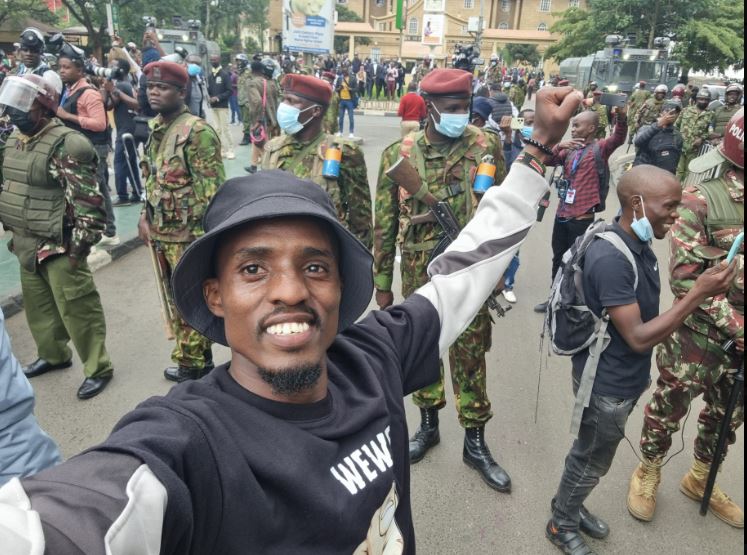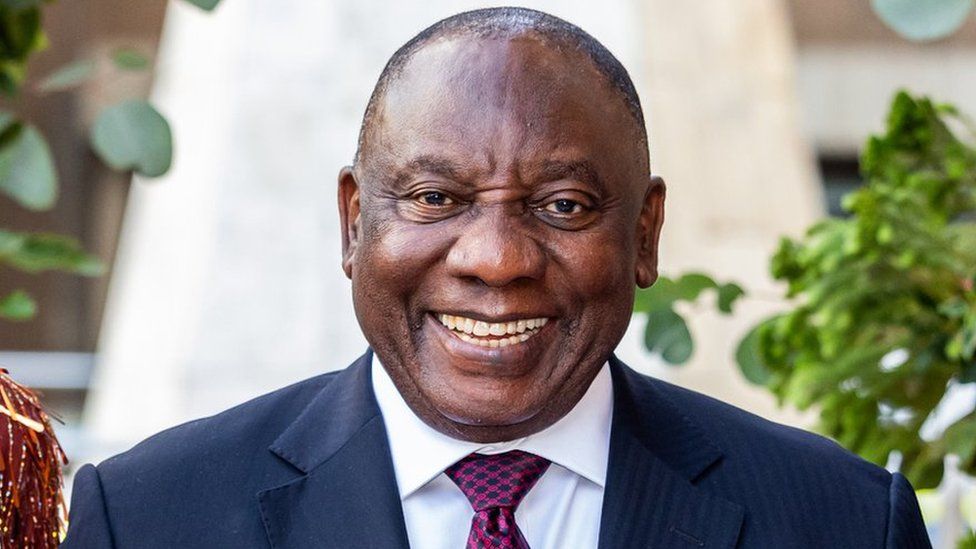There are conversations that we are not having concerning our more mundane economic realities in Zimbabwe. I boarded a commuter omnibus, commonly referred to as a ‘kombi’ in our country. An elderly lady, most probably a working mother, had a heated conversation with the kombi conductor about the change that she was handed for her one US dollar. She had been given a South African five rand coin which she vehemently refused. She argued that the five rands would not get her to next destination, by way of cost, because the rand is not as valuable as the bond coin.
Because of her rather loud remonstration, the kombi driver also got a talking to in which she explained the fact that her next station’s arrival cost would be seven rand even though she had been given fair change for the route she was currently on. She therefore insisted on being given bond coins as change because that is only what the kombis on her onward journey would accept.
So a journey that would have normally cost five rand, now costs seven or the 50 cent bond coin.
Apparently it is the fall in value of the rand that has triggered this new informal exchange rate. Except that the bond is not officially a currency. It was introduced to deal with the problem of a lack of lose change for retail businesses. And initially it was quite unpopular. Fast forward to a year later and it is now a most valued ‘currency’.
And I am certain someone at the Reserve Bank and the Ministry of Finance is smiling. Primarily because this new found purchasing strength of the bond coin probably makes some sort of case for the return of a Zimbabwean currency. Even if it is predicated on the promissory note of the African Export and Import Bank (Afrexim). And of course, that little talked about US$50 million loan.
But there is a pattern to all of this, apart from some economists referring to this a s evidence of the effectiveness of the free market. Essentially the bond has become the currency of the majority poor. They may not understand its full import in relation to the fact that we do not have an actual currency but they are learning how to ‘deal’ with and in it.
From the vegetable vendor, through to the kombi conductor, passenger the refrain about the South African rand is that ‘this will not be accepted where I am going’. The preference is the US dollar or the bond coin.
What is not publicly debated is how all of this really works. The Reserve Bank of Zimbabwe mints the coins in South Africa with money received from Afrexim Bank. The latter also guarantees the equivalent of the $US value of the coin (1:1). It is distributed to local banks who in turn distribute it to retail and other businesses at an equivalent rate. From then on, it becomes laissez faire.
And in this framework, there is room for the return of the money dealer of yesteryear, that is, 2007. In this the key question is one of who really has access to these bond coins when they are in circulation. And this is the shadowy world of middle men and women. Not that they will make a significant profit. But they will be able to at least make the proverbial dollar out of fifteen cents.
So the Reserve Bank of Zimbabwe has some serious explaining to do. Though I am sure they are quite comfortable (and very pleased) with the fact that their bond coin scheme now has ‘transaction’ legitimacy. Especially via the informal sector.
What we essentially have is a free market economy that confounds the poor before it affects the rich. Such little mini-battles about the value of small coins is not something that will be witnessed or argued in the leafier surburbs of our cities. Probably because there the minimal denomination is the US dollar note.
But then again, we are used to the default mode of our national economy. We do not collectively question the effects of specific economic policies. Nor do we get regular explanations from policy makers anyway. Hence the bond coin has evolved from being the replacement for notes and sweets for change, to becoming an actual domestic currency. Knowing the ‘entrepreneurial’ spirit of those that are in proximity to political power and office, someone, somewhere is going to make a ‘killing’. Particularly if the rand strengthens against the US dollar.
*Takura Zhangazha writes here in his personal capacity (takura-zhangazha.blogspot.com)


